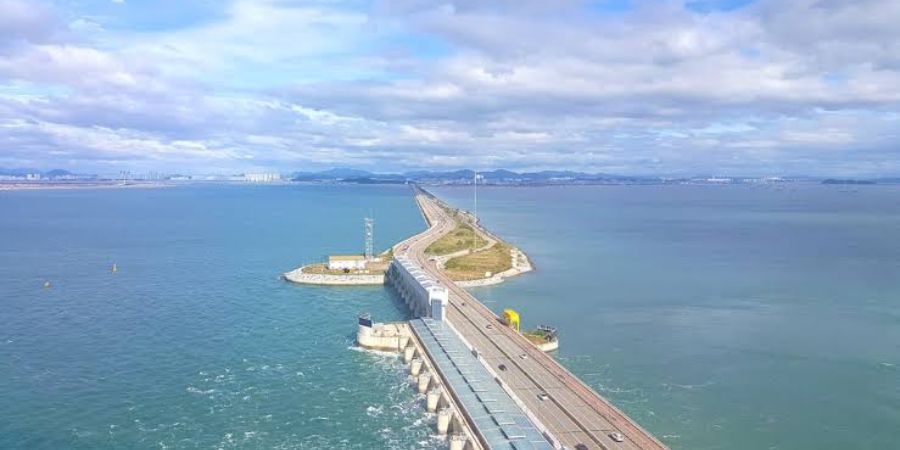

Utilising a variety of techniques, tidal power or tidal energy is converted from energy from tides into useable types of power, primarily electricity. Tidal energy has the potential to provide electricity in the future even if it is not now commonly employed. Compared to the wind and the sun, tides are easier to anticipate.
The natural rise and fall of tides brought on by the gravitational interaction of Earth, the sun, and the moon results in a source of energy known as tidal energy. When water moves more quickly through a constriction, it creates tidal currents with enough energy to be harvested.
Tidal energy may be used to power our homes and places of business. In some locations, tidal energy can be used in place of burning fossil fuels like coal and oil, which contribute to global warming. Tidal generators (or turbines) function similarly to wind turbines, although they are powered by ocean currents rather than wind.
Efficiency of tidal power:
Systems that use tidal energy can be quite effective. Tidal turbines, according to engineering firm N-Sci, transform 80% of the energy of the tides into power. That is significantly more efficient than the current wind and solar energy systems, as well as coal, oil, and natural gas.
Largest tidal power station:
The Sihwa Lake Tidal Power Station in South Korea has a 254 megawatt (MW) capacity, which is the greatest. With a 240 MW capacity for energy production, La Rance, France, is home to the second-largest and oldest functioning tidal power plant.
Storage of tidal energy:
Tidal turbines:
Although they are submerged, tidal turbines are quite similar to wind turbines. A tidal turbine uses the movement of the tides in the water to press against a generator and make it turn. This turbine's connection to a power generator enables the storage of electrical energy. Individual turbines called tidal turbines are frequently positioned near to one another in order to generate a lot of electricity.
Tidal fences:
In between tidal barrages and tidal turbines, there are tidal fences. With several turbines arranged along the vertical structure, tidal turbines function as a single unit. A single structure known as a "fence" connects these. To supply a lot of power to generators in a small space, these fences are frequently placed together. Electricity can be produced by converting energy from tidal fences to electrical generators.
Benefits of tidal energy:
Environment-friendly
A very reliable source of energy
High density of energy
Low operating and maintenance costs
An endless supply of energy
